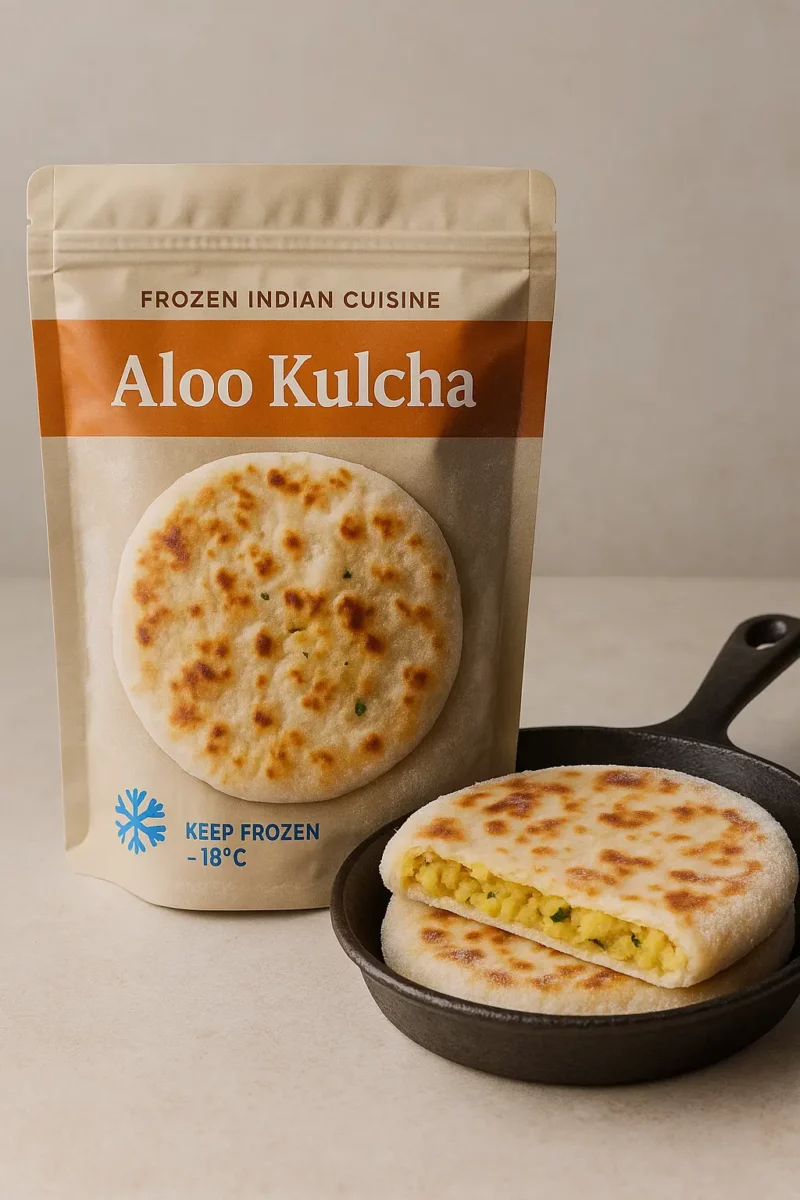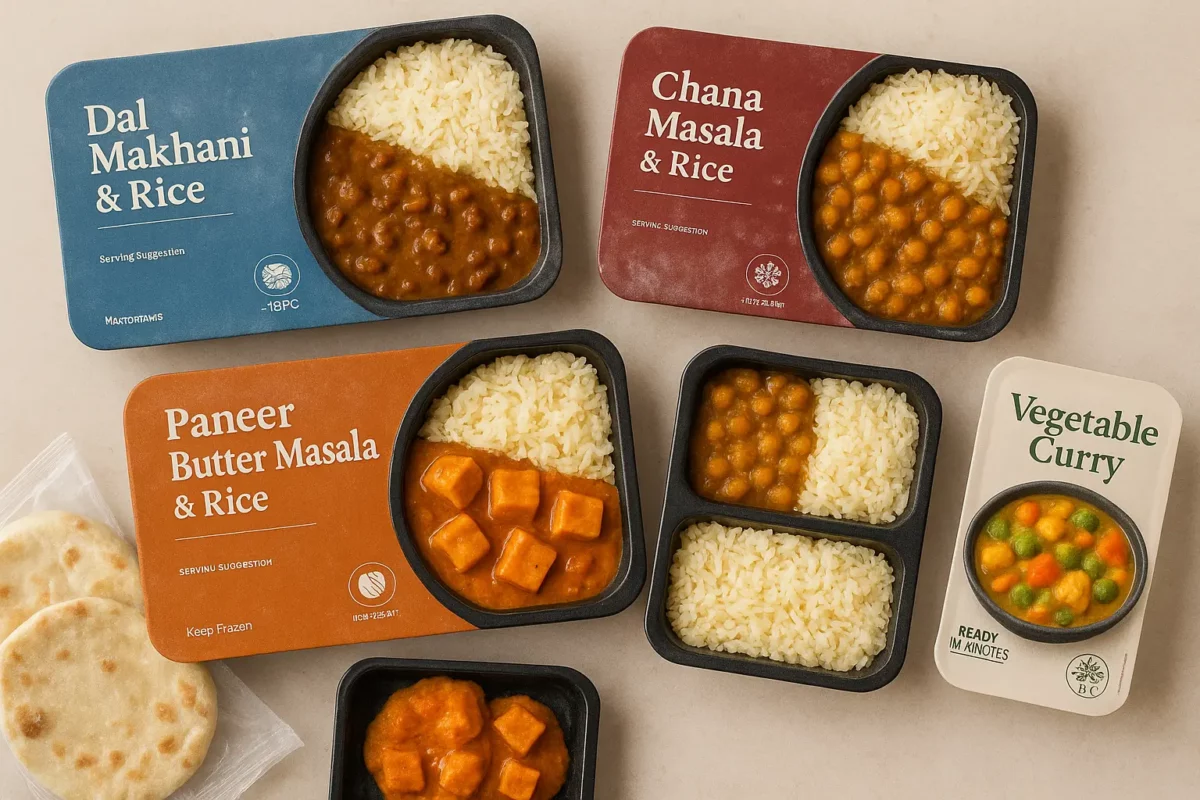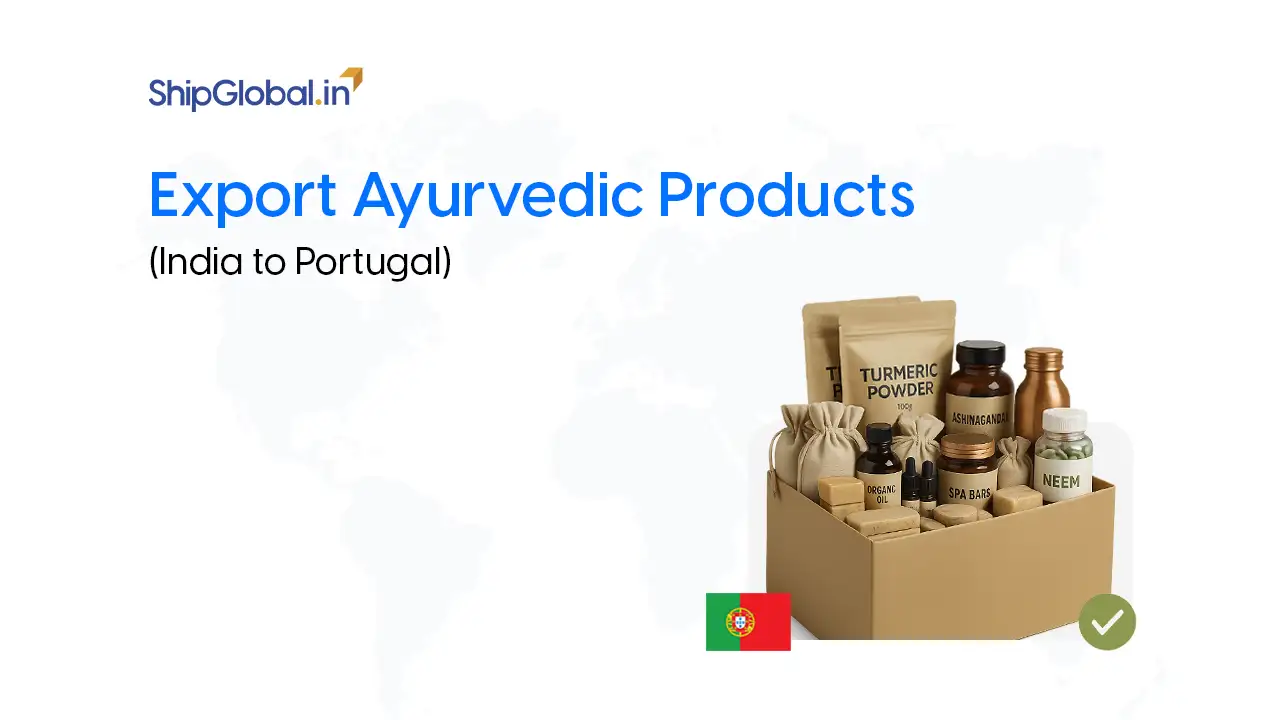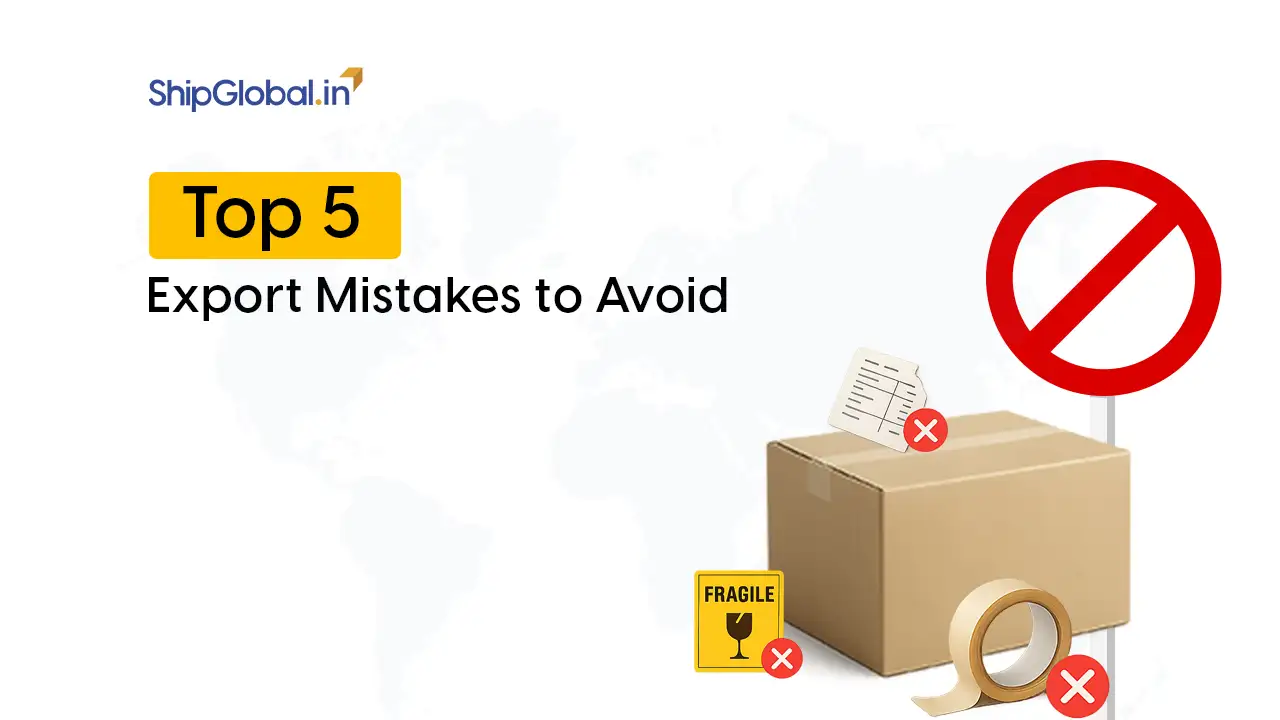Indian ready-to-eat (RTE) and frozen foods are gaining rapid popularity across Europe, especially in Germany, where a growing multicultural population, Indian diaspora and busy lifestyles have boosted demand for convenient, authentic meals. From frozen parathas and samosas to microwave-ready curries, Indian exporters have a major opportunity to serve a market eager for quality and flavour.
However, exporting food to Germany – and by extension, the European Union (EU) – requires strict compliance with food safety regulations, documentation, and logistics standards. This guide breaks down everything Indian exporters need to know, including EU Border Control Posts (BCP) processes, HACCP compliance, cold chain control, and labelling rules.
1. Growing Opportunity in Germany and the EU
Germany represents one of Europe’s most stable and mature food import markets. Rising demand for global cuisines, combined with the presence of a large Indian diaspora, has made it one of the top destinations for Indian food exporters.
Frozen and RTE food categories are particularly attractive because they cater to convenience-oriented consumers who value shelf-stable, quick-prep options. Exporters offering high risk non-animal origin foods – such as curry bases, frozen vegetables, and grain-based meals – can build significant traction if they meet EU import protocols.
2. Understanding EU Import Procedures for Food Products
All food imports into the EU must enter through approved EU Border Control Posts (BCP) – specialised inspection facilities where officials ensure compliance with EU food safety regulations.
At a BCP, three types of checks are performed:
- Documentary checks: Verification of export documents, certificates, and compliance declarations (for example, health certificates and CHED forms).
- Identity checks: Confirmation that the shipment’s details (e.g., packaging, labels, and product codes) match the accompanying documents.
- Physical checks: Sampling and inspection of goods to verify temperature, hygiene, and product safety.
For shipments from India, the importer or customs agent must submit a TRACES NT pre-notification (the EU’s online traceability system) before arrival. Depending on the product type, they may also require a CHED-D (for products of non-animal origin) or CHED-P (for products of animal origin).
3. Regulation Framework: Key EU Food Safety Laws
Indian exporters must comply with several EU food safety regulations, including:
- Regulation (EC) 852/2004 – the cornerstone hygiene law mandating compliance with HACCP (Hazard Analysis and Critical Control Points) principles throughout the supply chain.
- Regulation (EU) 2019/1793 – governing increased controls for certain high-risk non-animal origin foods imported from non-EU countries. This means selected food categories from India may be subject to higher sampling frequencies or additional laboratory tests upon arrival.
Exporters should regularly check the EU’s high-risk food list, as sampling frequency and testing categories are updated quarterly based on food safety risk assessments.
| Section | Key Points |
|---|---|
| Market opportunity |
|
| EU import flow |
|
| Key regulations |
|
| Hygiene & cold chain |
|
| RTE microbiology |
|
| Labelling (EU & DE) |
|
| France labelling/EPR |
|
| Special frozen/chilled labelling |
|
| Customs & documentation |
|
| Entry points & logistics |
|
| Sampling & inspections |
|
| Cold chain in transit |
|
| Sustainability / EPR |
|
| Taxes & duties |
|
| Partnering |
|
4. Hygiene, HACCP, and Cold Chain Compliance
Every ready-to-eat or frozen food product must meet stringent hygiene and temperature control standards during production, storage, and transit.
- HACCP compliance ensures all critical points in food preparation – from cooking to freezing and packaging – are monitored to prevent contamination.
- Cold chain compliance is essential: frozen goods must remain below -18°C throughout shipping and storage.
- Temperature control is monitored during customs checks and must be documented in shipment records.
Exporters should also ensure product shelf-life / durability dates (DLUO/DLC) are clearly printed and verifiable. If the product can be thawed and refrozen, specific thaw/refreeze labelling instructions are mandatory to guide retailers and consumers safely.
5. Listeria and Microbiological Standards for RTE Foods
RTE meals are particularly sensitive to microbial contamination. The EU imposes strict Listeria monocytogenes criteria (RTE) under Regulation (EC) 2073/2005. Products must be tested and proven safe for consumption throughout their shelf life.
Maintaining the cold chain and avoiding cross-contamination during handling are critical to passing BCP physical checks.
6. Packaging and Labelling Requirements in Germany and the EU
Perhaps the most complex part of exporting to Germany is labelling and packaging compliance. All packaged foods must follow EU Regulation (EU) 1169/2011, which defines the mandatory elements that must appear on labels:
- Ingredients list in French or German (depending on destination market).
- Allergen labelling (Annexe II) – allergens must be clearly emphasised in the ingredient list (e.g., bold text for milk, nuts, gluten).
- Nutrition declaration – energy, fats, carbohydrates, sugars, protein, and salt per 100g or 100ml.
- Country of origin – mandatory for many processed foods.
- Net quantity – displayed in grams or millilitres.
- Lot code – to enable traceability.
- Shelf-life / durability dates (DLUO/DLC) – as per EU labelling standards.
- Storage/usage instructions – such as “Keep frozen at -18°C” or “Consume within 24 hours of thawing.”
For RTE foods exported to France, exporters must pay particular attention to French language labelling rules, including the Triman logo and Info-Tri sorting panel (mandatory under France’s waste sorting legislation). These indicate how packaging should be disposed of, following French language sorting rules and Packaging EPR France (Extended Producer Responsibility) guidelines.

7. Special Labelling for Temperature Controlled and Frozen Foods
Frozen and chilled foods have extra labelling obligations:
- If a product was frozen and then thawed before sale, this must be clearly indicated with “Previously frozen” or equivalent translation.
- Products must show temperature maintenance instructions to preserve safety and quality.
- For items with short shelf-life, exporters must highlight “Use by” instead of “Best before” dates to ensure consumer clarity.
Proper temperature control and storage instructions also help customs and retailers handle the product safely across supply chains.
8. Customs and Import Documentation
At the point of entry, your shipment must have all regulatory paperwork ready to ensure a smooth clearance. This typically includes:
- Commercial invoice and packing list
- Health certificate (if required)
- CHED-D or CHED-P pre-approved via TRACES NT
- Certificate of Origin
- Product composition list and test reports (if applicable)
- Shipping documents (Bill of Lading or Airway Bill)
German customs authorities also verify compliance with VAT on food imports and French customs import rules if goods are routed via France – one of the main designated entry points for Indian foods entering the EU.
9. Role of Designated Entry Points in France and Germany
Although Germany has several key EU Border Control Posts (BCP) for food imports (e.g., Hamburg, Frankfurt), many Indian shipments route through designated entry points in France due to logistical convenience and well-equipped cold chain infrastructure.
France’s BCPs handle large volumes of frozen and chilled foods, performing documentary, identity, and physical checks before goods are released to EU circulation. Once cleared, your shipment can move freely across EU member states, including Germany, without additional border checks.
10. Sampling, Inspections, and Increased Controls
For products under Regulation (EU) 2019/1793, EU authorities perform sampling frequencies based on risk profiles. High-risk categories (e.g., certain spices, herbs, frozen vegetables) may be sampled at rates between 10% and 50% of consignments.
Shipments are selected randomly at BCPs, and delays may occur until laboratory results confirm compliance. To minimise rejections, exporters should maintain robust HACCP documentation and pre-export test results that align with EU microbiological criteria.

11. Ensuring Cold Chain Integrity During Transit
Maintaining cold chain compliance is vital for frozen and RTE exports. Exporters should:
- Use temperature loggers and data-verified reefer containers.
- Implement real-time monitoring for temperature control from origin to destination.
- Partner with logistics providers experienced in frozen food shipping to Europe, who can handle customs and compliance support.
Loss of temperature data or deviations can result in physical rejection at BCPs and heavy financial loss.
12. Navigating Packaging Sustainability Rules
Exporters must also meet the EU’s increasing focus on sustainability. France, in particular, enforces Packaging EPR (Extended Producer Responsibility) laws requiring:
- Registration with an EPR compliance organisation.
- Inclusion of the Triman logo and Info-Tri sorting panel.
- Correct French language sorting rules on all consumer packaging.
Failure to comply can result in product withdrawal or fines. Exporters shipping to Germany should also anticipate similar EPR reporting under local packaging regulations.
13. VAT, Duties, and Customs Costs
Food imports into the EU attract VAT on food imports, typically at reduced rates (5–10%) depending on the product type and country. India does not yet have an EU free trade agreement, so customs duties may apply based on HS codes.
Exporters can consult freight forwarders or customs brokers for updated tariff classifications to optimise cost efficiency.
14. Partnering with the Right Export Logistics Provider
Compliance is just one part of successful export. Logistics reliability is equally important – especially for temperature-sensitive shipments.
Choosing a partner like ShipGlobal ensures:
- Seamless documentation for CHED, TRACES, and customs formalities.
- Temperature-monitored shipping for frozen goods.
- Expert support on EU packaging, labelling, and regulatory requirements.
With the right partner, Indian exporters can scale confidently and meet EU buyer expectations consistently.
Conclusion
Exporting Indian ready-to-eat and frozen foods to Germany offers immense potential – but only when exporters fully comply with EU food safety, hygiene, and labelling rules.
Understanding EU Border Control Posts (BCP), ensuring cold chain compliance, and following strict labelling standards like HACCP, Regulation (EC) 852/2004, and Regulation (EU) 2019/1793 can help Indian businesses thrive in Europe’s competitive food market.
ShipGlobal helps Indian exporters simplify this process – from TRACES NT pre-notifications and CHED documentation to temperature-controlled shipping and customs clearance at designated EU entry points.
Start your EU export journey with confidence – partner with ShipGlobal and expand your reach into Germany and beyond.
Frequently Asked Questions
HACCP certification, health certificates, Certificate of Origin, and CHED-D or CHED-P (via TRACES NT) are mandatory under EU food safety laws.
Use reefer containers, temperature loggers, and real-time monitoring to keep products below -18°C during shipping.
Labels must show ingredients (in German/French), allergens, nutrition facts, origin, net weight, shelf-life, and storage instructions.
Common reasons include missing documents, labelling errors, temperature breaches, or random checks on high-risk foods.
Key laws include Regulation (EC) 852/2004 (HACCP), Regulation (EU) 1169/2011 (labelling), and Regulation (EU) 2019/1793 (high-risk food controls).









